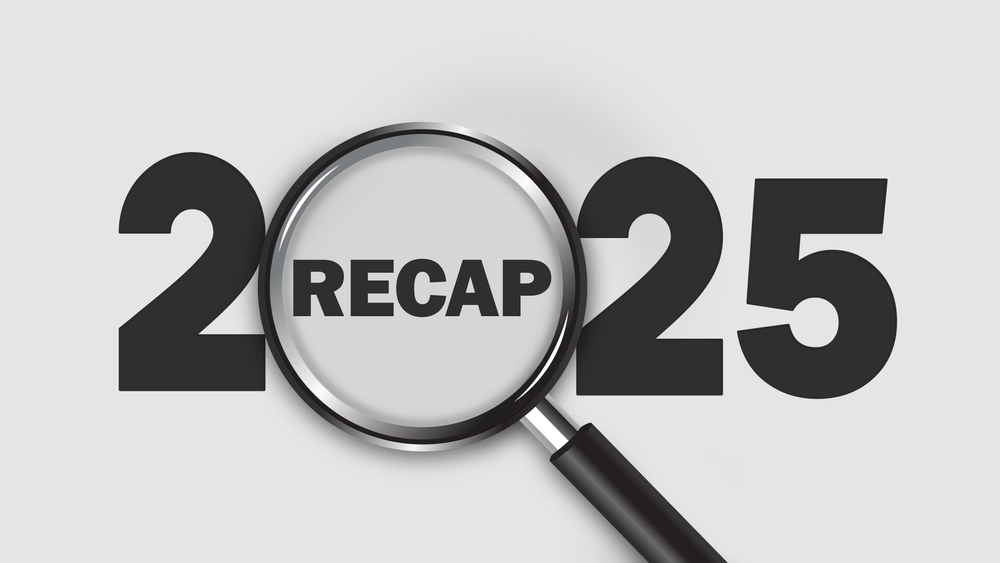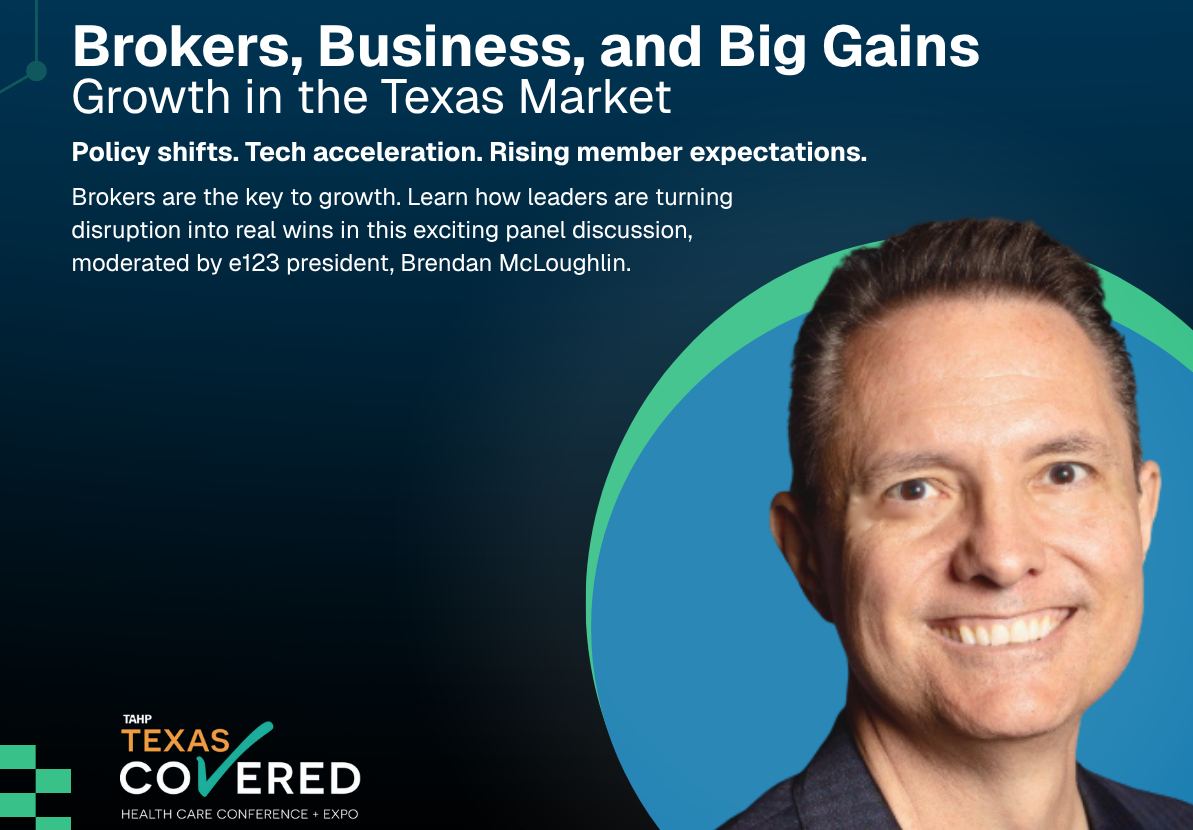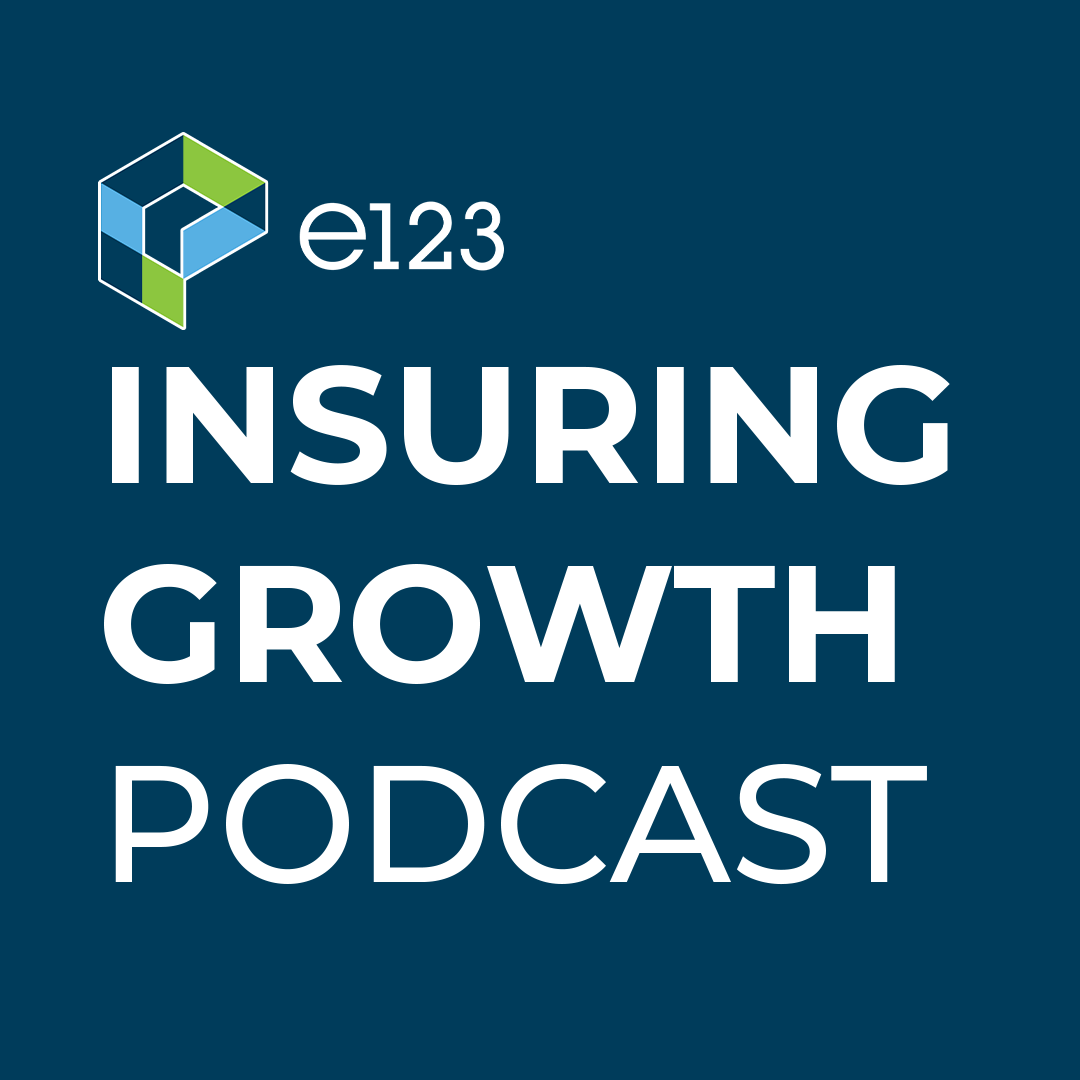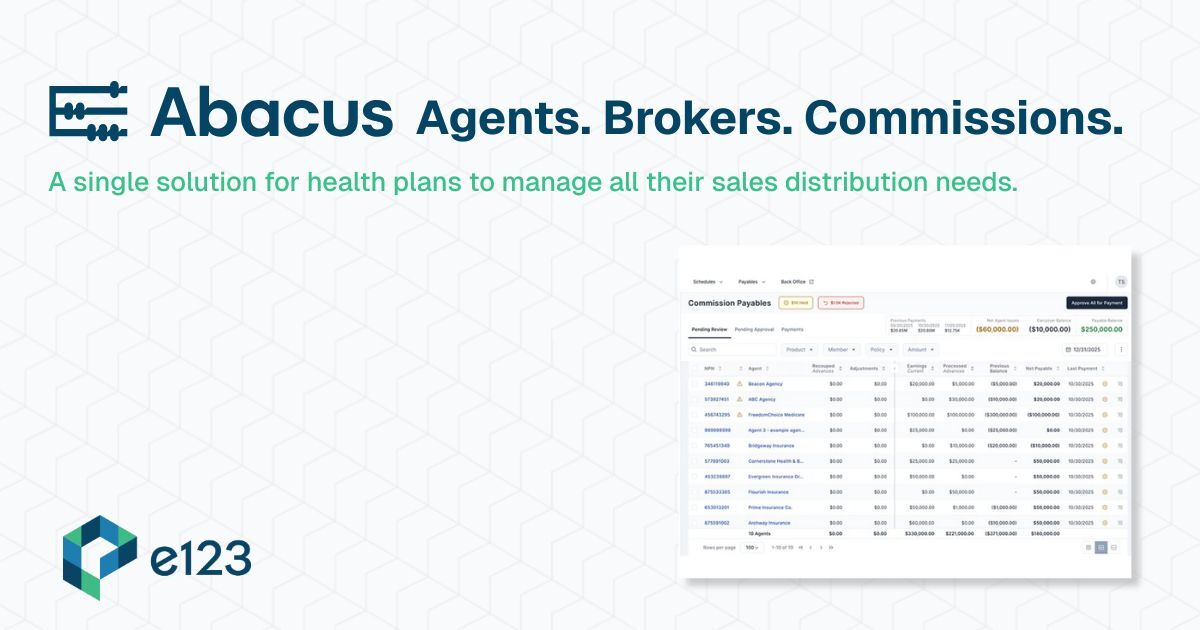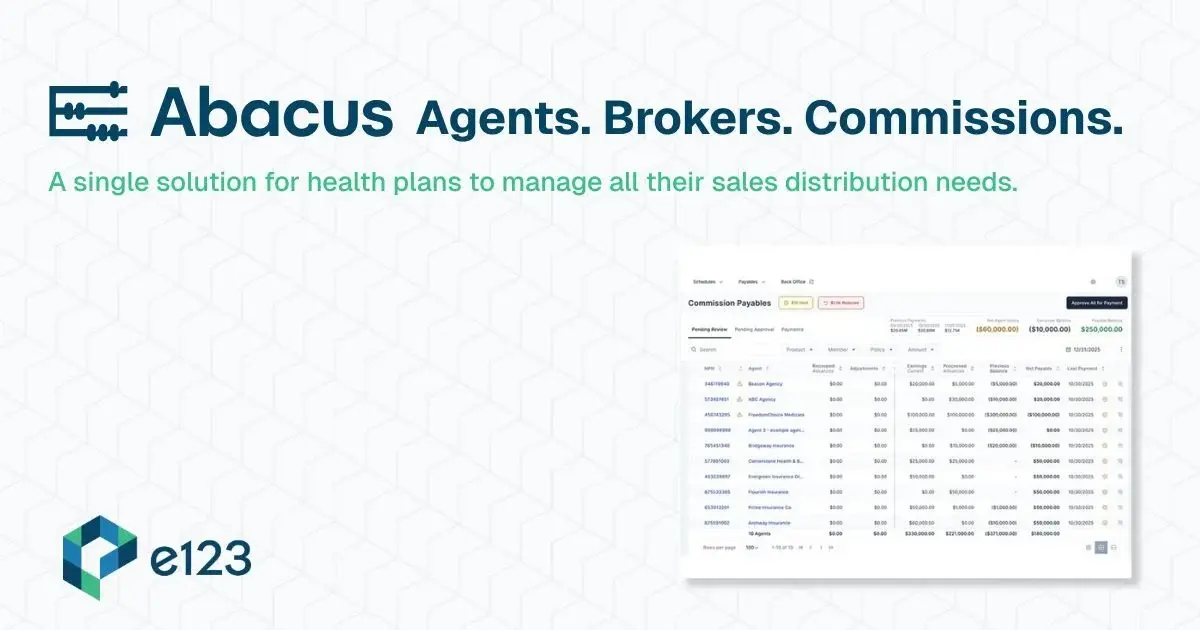Brendan McLoughlin, President of e123, recently participated in an executive education course at the Massachusetts Institute of Technology on Artificial Intelligence (AI) and its implications for business strategy. This is the fifteenth in a series of blog posts where he shares some of the insights he gained and how they apply to health insurance distribution.
The news and popular media are filled with examples of companies failing to properly implement artificial intelligence (AI). Not surprising as upwards of 80% of AI initiatives fail. Fortunately, failure can be a very powerful learning experience, and, as the promise of AI in health insurance is only just starting to be understood, focusing on AI wins and losses can hold valuable lessons.
A Win For Health Insurance Enrollment Verification
We have discussed previously that many existing AI initiatives in the insurance industry focus on the claims and benefits side of the business, in areas such as risk assessment, claims processing and customer service. But as the real value of AI is better understood, we are starting to see AI initiatives on the distribution side of the business – helping health plans and insurance carriers acquire customers more efficiently, effectively, and more profitably.
One such example of AI success in health insurance distribution is Covered California’s initiative to improve the enrollment process. The goal of the initiative was to streamline the document verification process that is a part of ACA enrollment, while simultaneously ensuring that red tape does not act as a barrier to residents securing the coverage they need.
The Problem Was People Interacting With Machines, So Was The Solution
Since its inception, Covered California has made strides in reducing the number of uninsured residents with uninsured rates dropping from 17.2% in 2013 to 6.5% in 2022. However, the manual processes that relied heavily on people for document verification were slow and prone to error. There was no telling how many enrollments were delayed or rejected by preventable errors.
Using machine learning (ML), and in partnership with Google, Covered California created an AI-enabled assistant to automate the verification of critical documents such as identity and proof of income. In doing so, the leaders of this initiative succeeded in one of the most important “must do’s” for implementing AI – focus on a well-defined business problem with tangible, measurable results.
And the results were indeed impactful. The pilot program launched in 2023 saw a verification success rate of up to 96% on specific documents, a dramatic improvement from the previous manual system that averaged just 20%. When fully implemented, the new system is expected to maintain an average verification rate of 84% and to handle over 50,000 documents monthly.
A Collaboration Between Computers and Employees
As we’ve seen in so many AI applications, the success Covered California created was the result of employees and computers working together to be more effective. Rather than trying to completely replace the enrollment process with AI, the leaders at Covered California wisely chose to focus on a single area of friction where AI could help the process become more efficient and allow employees to be more effective.
The implementation of AI is a game-changer for the organization. Residents are now able to upload their documents securely through the Covered California online platform and receive instant verification status, speeding up the entire enrollment process. For employees, this means less time spent on manual tasks, more focus on policyholders, and reduced overhead.
A Opportunity for Strategic Advantage in Health Insurance Distribution
This success story highlights the incredible potential for AI to help health insurance marketers drive profitable growth. Bottlenecks and friction points like manual document review exist throughout the health insurance distribution value chain, driving down enrollment and driving up costs. Health plans and carriers that address these issues first earn a huge strategic advantage. A few of the bottlenecks that AI tools can relieve include optimizing agent performance, directing marketing investment and geographic expansion, automatically saving rejections and disenrolls, fine-tuning commission plans for optimal results and so much more.
Conclusion
Covered California’s successful integration of AI into its health insurance enrollment process is a powerful example of how AI can streamline complex workflows, benefiting members, employees, and organizations. By targeting a specific challenge—document verification—and leveraging machine learning to automate this task, Covered California has significantly improved its operational efficiency. This collaboration between AI and human employees not only accelerates the enrollment process but also frees up valuable time for staff to focus on more impactful, human-centric tasks. As AI continues to evolve, the health insurance industry has a unique opportunity to further harness this technology to drive growth and improve customer experiences.
Want to learn more about e123 and the future of AI in insurance distribution? Get in touch here.
For prior posts in this series, click here or below:
Prior Post – You’re Doing Artificial Intelligence Wrong – Go Small or Go Home!


